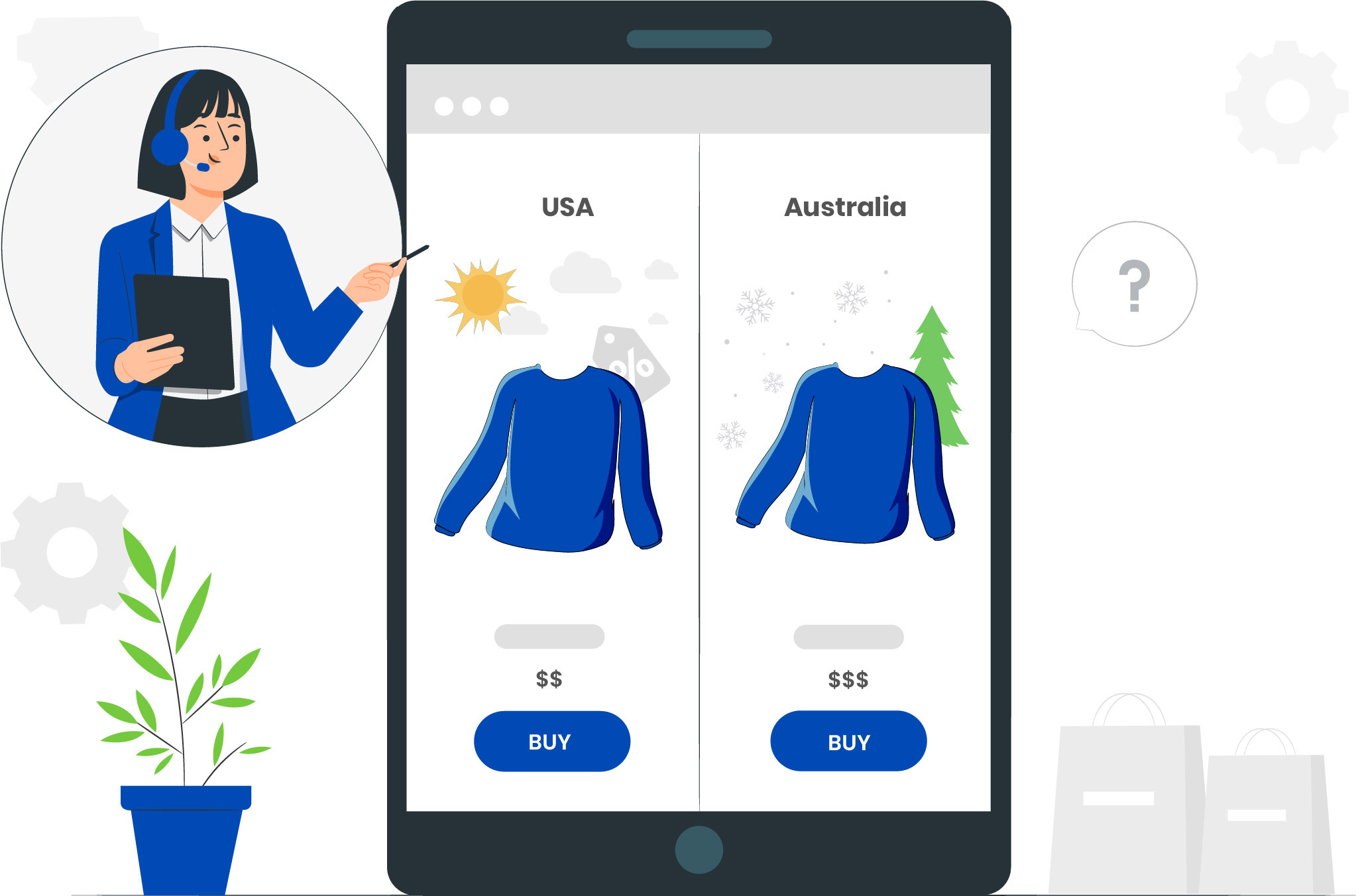
What is Seasonality?
Seasonality is defined as changes in sales based on a particular season. It is a market characteristic in which a product’s sales grow much more for a period of a few days, weeks or months each year and then drop off considerably in the other period.
Any product’s seasonality can broadly be classified into below 2 categories –
- Natural Seasonality
- Event-based Seasonality
Read more about What is Seasonality and Event based Seasonality in our blog “Event-based Seasonality”.
Forecasting the sales of seasonal products involves the study of geographical science. If a product is to be sold worldwide, the forecasters need to understand the weather of the area in which the products are to be sold.
Natural Seasonality?
The fluctuations in the sales of a product that occur due to the changing natural seasons irrespective of any promotion or discount on that particular product is what can be termed as Natural seasonality of the product.
For instance, we generally assume that the weather differs from country to country. It does but not on the basis of the longitudinal location (East to West). It is based on hemispheres that determine the weather changes.

This could be understood better by considering the example of the countries like USA, UK, and Australia.
The weather conditions in the US and the UK are similar as they lie in the same hemisphere whereas it will be different for USA and Australia which is depicted below –

Seasonality of Sweaters:
Let us consider a sweater manufacturing company that has to forecast the export of sweaters to two countries USA and Australia.
As seen in the table above, USA experiences winters between December and February while Australia experiences the same between June and August. This means that the peak in the sales of sweaters should be in these months respectively in USA & Australia.
Thus, keeping the production capacity same throughout the year can prioritize the export quantities as per the seasonality of the two countries. The monthly forecasts for each country can accordingly be planned and the related procurement planning can be smoothened considering the overall forecasts.
Seasonality of umbrellas:
Now let’s see the classic example of Umbrella!!
The sale of umbrellas in any region generally depends on the rainy season of that area.

Sales of umbrellas ∝ Rainy season
Chart of Umbrella sales with millimeters of rain in the region
The chart clearly shows the correlation between the rainy season is directly proportional to the sales of umbrellas. Even if we look at the trendline of the factors, they seem parallel to each other.
While forecasting one needs to keep in the mind the region where the product will be sold as well as what would be the rainy season period in that region. This will further drive the procurement planning and accordingly the raw material required needs to be restocked so that timely supply can be made in each of the regions before the start of the season in the respective regions.
- Important Aspects
- For sale of products mainly driven by natural seasonality, it is important to forecast the sales more minutely considering the seasons. If not done correctly, there can be understock situation which will result in loss of revenue or overstock situation which will have a high impact on finance and storage costs.
- Procurement of the material required for such products (for either manufacture or retail store seller) needs to be done much before the seasons start (considering the overall lead times) so that the products can be delivered to the warehouses before the season beings.
References:
For the charts data – https://weather-and-climate.com















